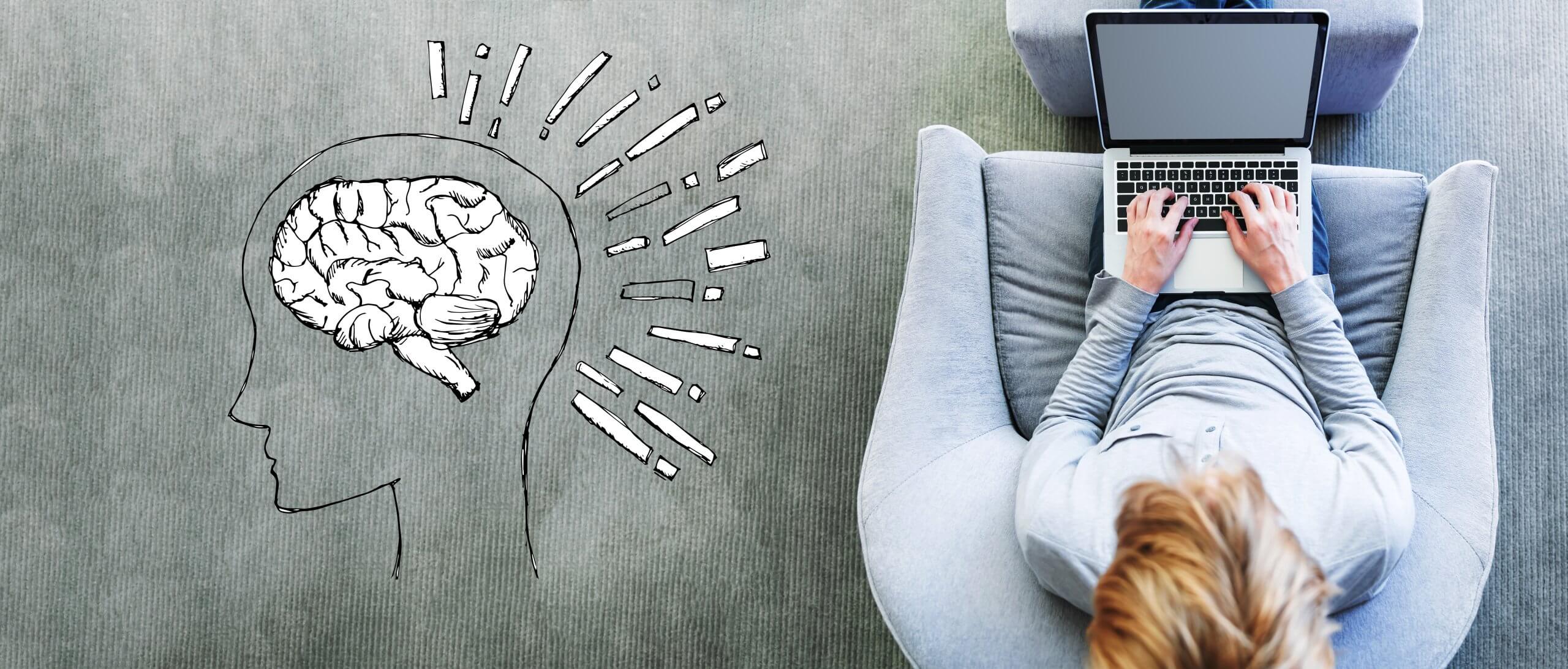The current Coronavirus pandemic continues to raise fear and anxiety levels despite many countries increasing their efforts to reduce the spread of the virus. With increasing travel restrictions and quarantines now being imposed in Hong Kong, some individuals are now labelled as “high-risk” due to their recent travel history while some prefer to stay at home to reduce their likelihood of encountering the virus. In light of the current COVID-19 pandemic, our clinic is striving to ensure the wellbeing and safety of our clients. With the recent increased risk of contagion, posed by rising infection rates around the world, we need to take steps to reduce the risk of cross infection in Hong Kong. We are therefore, opening our services online in order to reduce the need to physically attend our clinic. This will ensure your safety and the continuation of services for the duration of this health emergency. Many of us have experience in delivering such services and have found it to be a very positive experience for our clients. This information sheet explains what e-therapy is and includes guidelines on the process of e-therapy.
What is E-therapy?
E-therapy is defined as the use of telecommunication technologies such as video conferencing to provide psychological services. It is convenient, confidential, and easy to use. The goal is to create physical distance between the client and the clinician. Growing research in telepsychology has shown that e-therapy can be just as effective as face-to-face, in person sessions.
E-therapy brings the comfort and care of the clinician directly to you even when you’re physically far apart. You can easily and conveniently make appointments and talk to your clinician anywhere (e.g., during a break from work; while the kids are asleep, etc.).
What to expect in e-therapy:
Apart from telephone services, our clinic will be using video-conferencing platforms, such as Google Hangouts Meets, Zoom, and Skype. The clinician and the client will work together to determine the appropriateness and feasibility of e- therapy.
Scheduling. Like any session, an appointment is scheduled via telephone or email with our reception team or directly with the therapist. The clinician will email you either a link or instructions to add each other on a platform.
Payments. Prior to e-therapy, our receptionists will send you a confirmation email and you will also receive an email from our accounts officer regarding payment. If you are a new client, your bill is required to be settled prior to your e-therapy session with the clinician.

How to prepare for your session:
Finding the right environment.
To start off, the comfort of your own home is the most common place for e-therapy. However, as space may be limited, it may not always be easy to find privacy outside of your therapist’s office. If you’re at home, there could be too much noise in your living space, or it could be too quiet that you are worried others might be able to hear you talk. Try to find a space that has good lighting and a minimalistic background; it is important that you and the clinician can see each other clearly to make it easier to read body language, facial expressions and visual cues.
For extra privacy, consider putting a white noise maker by the door (perhaps using an app on your phone).
Find an electronic device (e.g., PC, laptop, iPad, mobile phone, etc.) that has access to the internet and ensure that you have access to the video- conferencing platform. You may need to download an application and set up a new account in advance. Remember to test your device’s camera and microphone. Prop up your device at eye-level to maximize comfort and minimize camera movement.
Ensure that you have a strong internet connection so there will not be any interruptions during the session. If your network speed is slow, close all other applications. This will also remove any notifications or other distractions during the e-therapy session.
Wear headphones to ensure that you can hear every word; headphones will also help keep you focused and drown out distracting background noises.
Mute your mobile phone.
Get Comfortable.
When doing e-therapy, it is expected that things can feel different and awkward. Find yourself a comfortable spot to sit and grab yourself a cup of coffee or tea to help you relax while talking. If you like to take notes, it is best to write down your notes in a notebook as keyboarding sounds can be picked up easily by microphones. If you need to touch type, consider muting your microphone so you won’t miss anything the clinician says.
How might things be different.
When you’re in e-therapy with the clinician, things may be different in certain ways, depending on what you normally do with the clinician. However, the clinician will do their best to ensure that you feel comfortable and try to maintain normalcy in e-therapy. If there are any, the clinician will send you materials in advance for you to prepare and/or print out for your e-therapy session.
What to do after an e-therapy session:
After each e-therapy session, it’s always important to get some space and take some time off to yourself when possible.
Take a mindful moment. Take a moment to reset by taking a mindful break. A mindful break can include, but is not limited to, making a cup of tea, doing some exercise, going to the gym, going for a walk, and grabbing a massage. When engaging in a mindful moment, take care to focus just on the moment and the activity you are doing, and if you notice your mind wandering away, draw it back to the task at hand.






